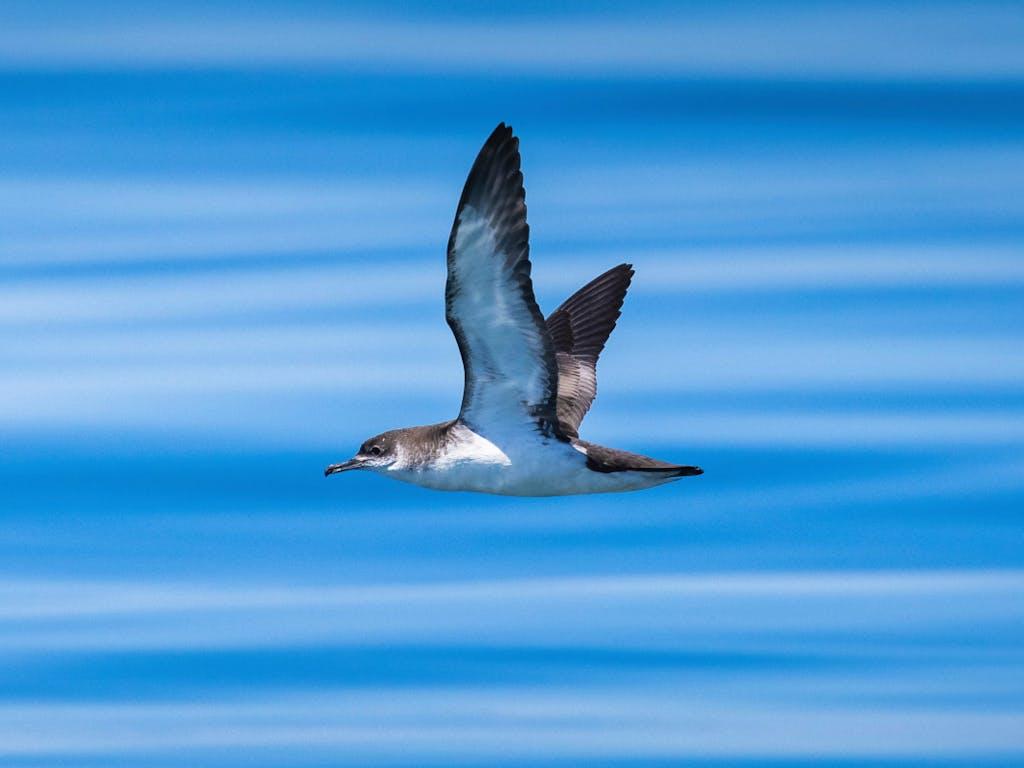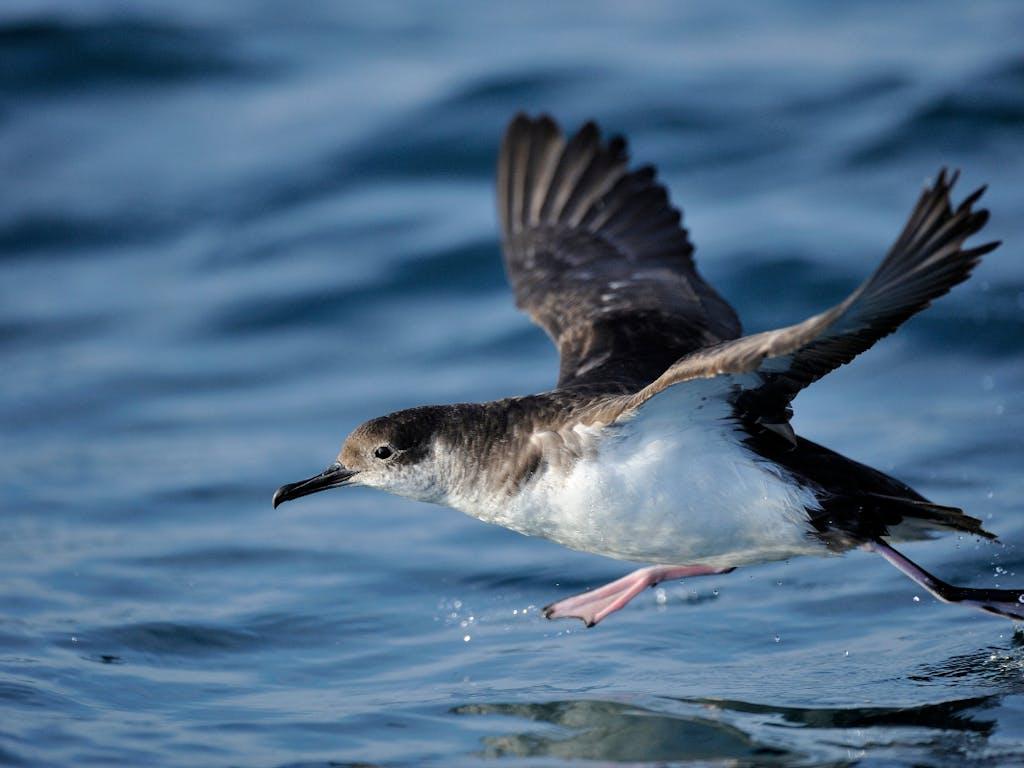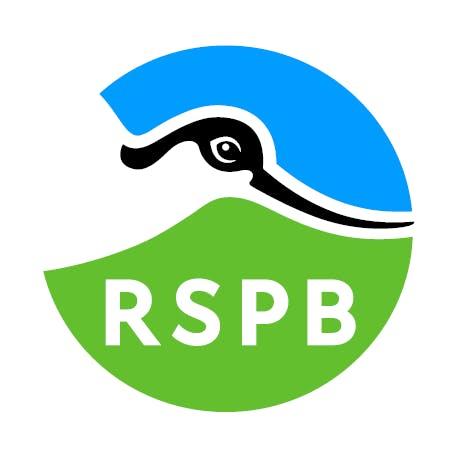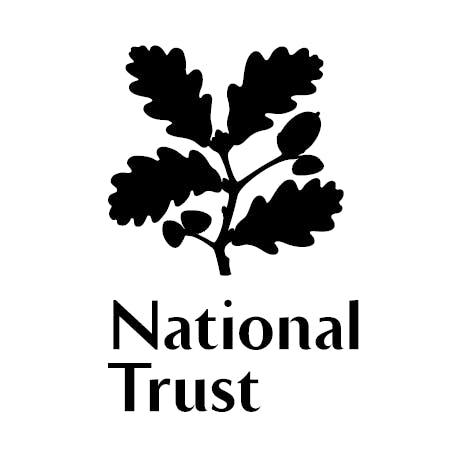Manx shearwaters
The UK's epic long-distance travellers
Manx shearwaters are long-distance travellers who seek out the warmer climes of South America before returning to the our wild isles every spring to breed. But the future of these heroic explorers is at risk, and we can play a vital role in protecting them.


Ocean wanderers
They might be a bit clumsy on land, but Manx shearwaters are masters of the air. Gliding low over the waves on stiff wings, they’re like little albatrosses – the two are in fact related – travelling a staggering 6,000 miles to the warm coasts of South America. As they’re one of our longest-lived UK birds, some might travel over five million miles in their lifetime – the equivalent of flying to the Moon and back roughly 10 times!
We’re fortunate to have an estimated 80% of the world’s Manx shearwaters. Although they spend a lot of their lives at sea, they return to breed here each spring, reuniting with their lifelong mate to lay a single egg. They’ve learnt to lay these in underground burrows to protect them from most predators but that doesn’t always keep them safe.


Uncertain future
Their eggs are vulnerable from invasive predators such as rats, which are sometimes accidentally introduced to islands with devastating consequences to ground-nesting birds. Once the chick has hatched, it’s risky for the adults going to and from the burrow with their food, so they wait until darkness to return.
The eerie sound of these birds calling and cackling in the dark made Norse sailors believe the Scottish island of Rum was inhabited by trolls. Today, what’s alarming is the future of these incredible birds. As well as predators, they’re vulnerable to the spread of disease such as bird flu, as well as threats to food sources along their migration journey.
Sadly, they’re on the Amber List of UK Conservation Concern, meaning they’re moderately at risk. As the largest global host to Manx shearwaters’ nests, we have a significant role in securing their future. We must protect them from predators and disease as well as safeguarding their food sources and migratory pathways so they can continue to share our waters for years to come.
Manx shearwaters in numbers
6,000
distance in miles from UK to South America
80%
of global population found in the UK
55 years
age of oldest known bird
Peckish for more?
Discover more about where Manx shearwaters live, the threats they face, and some stories of hope that show we can preserve nature if we take action.










